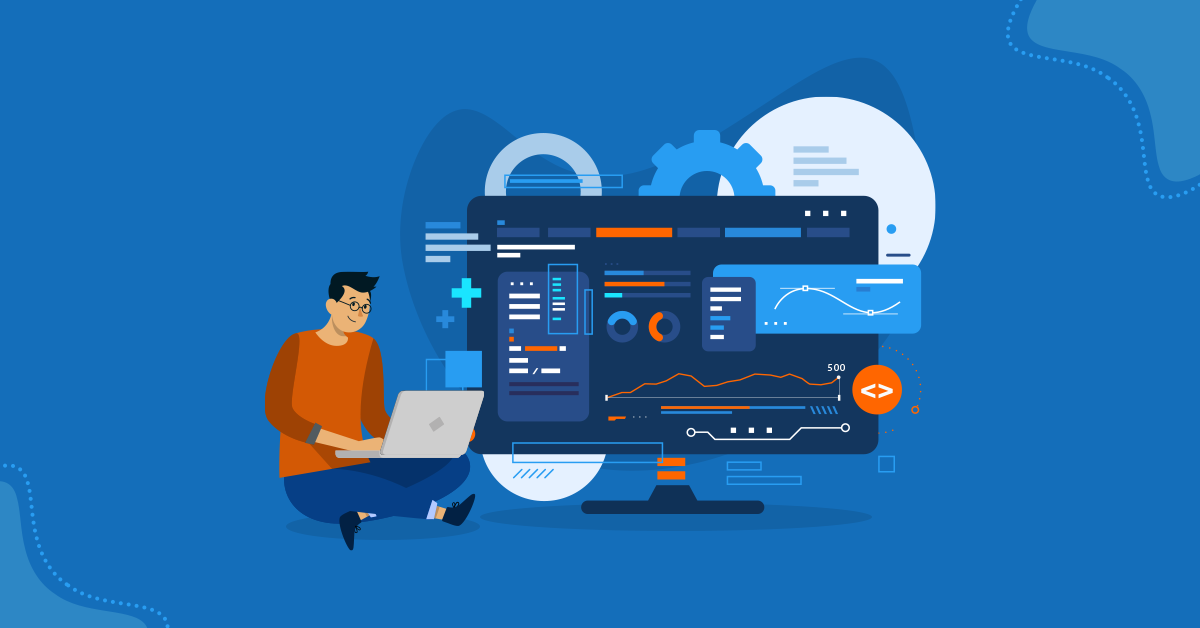Can you not keep an eye on what your employees are doing? Employers are more interested than ever in worker monitoring software as remote work becomes more prevalent. It serves as a means of guaranteeing that the remote labor, although operating from disparate places, remains focused and productive. However, the issue is no longer limited to monitoring. The goals of employee monitoring have expanded from merely keeping an eye on employees. Contemporary software platforms enhance security with sophisticated techniques. These include using encryption (encoding) to protect sensitive data and providing prompt alerts for any suspicious activity.
What Are Staff Monitoring Tools?
Software is used in staff monitoring solutions to keep tabs on and supervise employees’ activities while they are at work. These technologies help businesses allocate resources and make decisions by offering insights into productivity, attendance, and internet behaviors.
They vary from straightforward time monitoring tools to more sophisticated ones that can record screen videos, take screenshots, and keep track of keystrokes. Because they stop data breaches and identify suspicious activities, they are crucial to preserving cybersecurity.
Is It A Good Idea To Monitor Staff?
Tools for staff monitoring
It can be beneficial for small enterprises, SMBs, and tech enthusiasts analyzing employee performance by using Controlio. Observing how workers operate aids in improving resource use and resolving workflow problems.
However, if monitoring is done incorrectly, it can annoy workers, reduce their happiness, and even result in legal issues. If it’s going to benefit your company, let your staff know about it, provide a rationale, and establish policies that safeguard their privacy.
Use monitoring tools sensibly as well. Ensure that they enhance the work environment. If properly executed and mindful of workers’ rights, monitoring can be beneficial.
How Do Tools for Staff Monitoring Operate?
Tools for staff monitoring resemble virtual supervisors. They monitor what workers do on their laptops during working hours. These instruments verify items such as:
- Social media and websites that the staff members visit
- emails they exchange and send
- Conversations they have on messaging apps
- even the applications and websites they visit
They also observe the movement and saving of files. These technologies look for any odd trends or anomalies using large data sets and intelligent computer algorithms. They alert the security staff so they can investigate further if they see anything suspicious.
How Do I Pick Software for Staff Monitoring?
Make sure the staff monitoring software you are selecting for your company has the following characteristics.
1. Determine Which Issues Might Need a Staff Monitoring Tool
Determine the difficulties that your company faces before selecting the best staff monitoring software.
Do you need to increase output, strengthen security, or enhance remote work management?
Do workers spend too much time on things unrelated to their jobs?
Do you have to put an end to data breaches?
Selecting the appropriate software might be aided by recognizing these issues.
2. Verify How User-Friendly the Software Is
Select software for staff monitoring that is simple to use and comprehend.
It should be user-friendly enough for administrators and staff to utilize without any training. Everyone can quickly get familiar with a straightforward layout, which also increases the likelihood that people will utilize it. A few characteristics to look for are easily readable reports, configurable dashboards, and unambiguous settings menus. Simplifying the program helps consumers feel less frustrated.
3. Enumerate the Essential Elements Your Staff Monitoring System May Require
Consider the essential components for staff monitoring.
These characteristics could consist of,
- monitoring time,
- recording actions,
- examining the websites and applications utilized,
and receiving real-time notifications for anything odd that occurs.
For more thorough monitoring, look for capabilities like document tracking and snapshot capability. Based on the requirements of your company, such as data security or remote team management, determine which characteristics are most critical.
4. Who Intended Users for This Tool
Think about who will utilize a staff monitoring tool inside an organization before selecting one.
Various roles could call for varying degrees of functionality and access. Ensure that the software allows for user group customization of permissions and access levels. More sophisticated tools for monitoring and reporting can be required by administrators.
Workers might simply require access to their activity records.
5. Determine Whether Integration With Other Tools Is Necessary for Your Business Process
Consider how well a staff monitoring program will integrate with your other systems before deciding on one. Verify that it can connect to the software you currently use on a daily basis with ease. Seek for software that integrates easily with well-known platforms such as communication apps, project management tools, HR software, and CRM systems.
Keep an eye for more news & updates on Supper Post!
